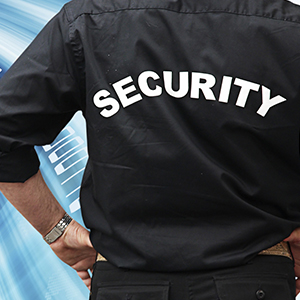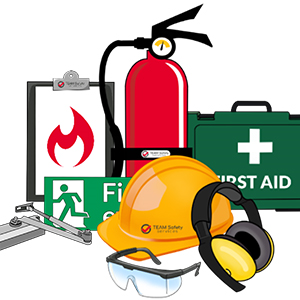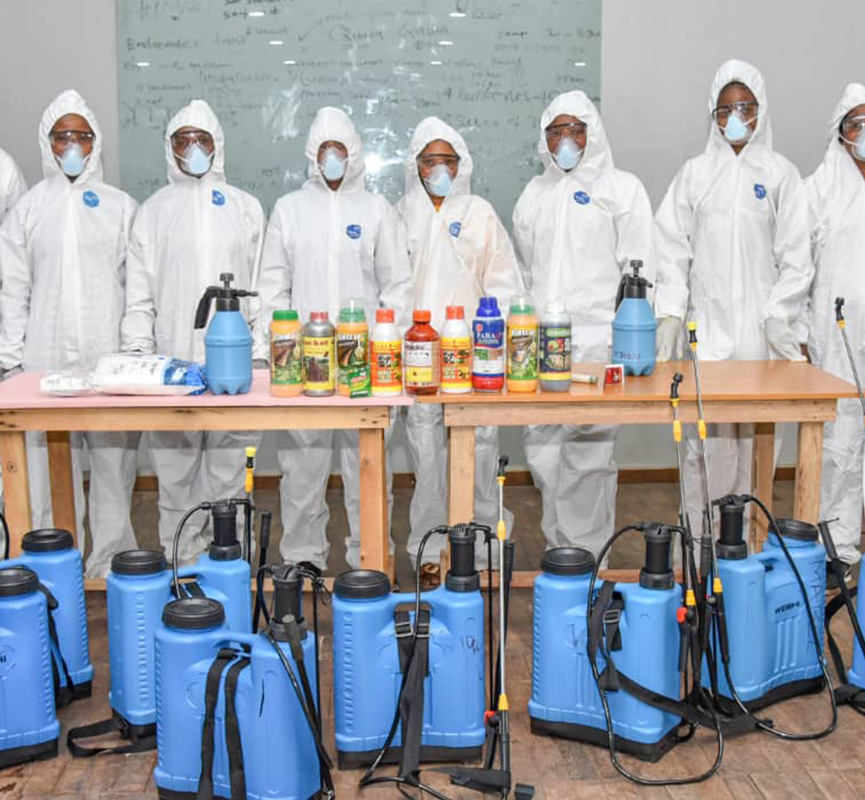<p>When people walk into a home, office, or any indoor environment, the first impression often comes from what they see, smell, and feel. Clean interiors don’t just improve aesthetics — they also enhance health, productivity, and overall well-being.
In today’s fast-paced world, interior cleaning has evolved from basic dusting and mopping to a more systematic approach that combines hygiene, safety, and sustainability.
Let’s explore what interior cleaning really means, why it’s important, and how to do it effectively with real-world examples.
---
🏠 What Is Interior Cleaning?
Interior cleaning refers to the systematic removal of dirt, dust, stains, and pollutants from all areas within a building — including floors, walls, furniture, ceilings, fixtures, and even air vents. It goes beyond visual cleanliness to ensure that the space is sanitized and healthy for occupants.
Depending on the environment, interior cleaning can apply to:
Residential spaces (homes, apartments)
Commercial spaces (offices, malls, restaurants)
Industrial interiors (warehouses, factories)
Institutional buildings (schools, hospitals, government offices)
---
🧽 Core Areas of Interior Cleaning
Here are the major areas to focus on when maintaining an interior:
1. Floor Cleaning
Floors are one of the most trafficked surfaces and tend to accumulate dust, mud, and stains quickly.
Example: In an office lobby, floors may require daily mopping with neutral pH detergents and weekly polishing to maintain shine.
Tip: Use microfiber mops and avoid harsh chemicals on vinyl or wooden floors.
2. Surface & Furniture Cleaning
Tables, chairs, counters, and workstations collect germs and allergens.
Example: A reception desk should be wiped with a disinfectant every morning and evening, especially in high-contact zones.
Tip: Opt for eco-friendly cleaners that don’t damage surfaces or cause irritation.
3. Window & Glass Cleaning
Clean windows improve natural lighting and aesthetics.
Example: Commercial buildings often use water-fed pole systems for high-rise glass cleaning.
Tip: Mix water with a few drops of vinegar for a streak-free finish on glass.
4. Air Vent & HVAC Cleaning
Dusty air vents reduce air quality and energy efficiency.
Example: In a hotel, air ducts should be cleaned quarterly to prevent mold buildup and unpleasant odors.
Tip: Use HEPA-filter vacuums for deeper dust removal.
5. Restroom Sanitation
Restrooms require special attention due to bacteria and odor issues.
Example: A restaurant’s restroom should undergo multiple cleanings per day, including toilet seat disinfection and floor drying.
Tip: Use color-coded tools to prevent cross-contamination between restrooms and other areas.
6. Upholstery & Carpet Care
Fabric furniture and carpets trap dirt and allergens.
Example: In a living room, vacuum carpets twice weekly and perform steam cleaning every six months.
Tip: Sprinkle baking soda before vacuuming to remove odor.
---
🧴 Types of Interior Cleaning Products
Modern interior cleaning uses various specialized agents, including:
All-purpose cleaners – for general surface cleaning
Glass cleaners – for windows and mirrors
Disinfectants – for killing germs and bacteria
Degreasers – for kitchen areas
Eco-friendly solutions – made from plant-based ingredients
Example: Many facility managers are switching to biodegradable cleaners like vinegar, lemon oil, and baking soda to reduce chemical exposure and protect the environment.
---
🕒 How Often Should You Clean?
Area Frequency Example
Floors Daily Mopping office hallways
Windows Weekly–Monthly Washing apartment windows
Carpets Biweekly–Quarterly Steam cleaning hotel carpets
Restrooms Multiple times daily Sanitizing restaurant restrooms
HVAC Systems Quarterly–Yearly Cleaning air ducts in office buildings
---
🌿 Sustainable Interior Cleaning Practices
Sustainability is now a key focus in modern cleaning strategies:
Use microfiber cloths instead of disposable wipes.
Choose non-toxic, eco-certified detergents.
Reduce water and energy consumption.
Recycle used containers and packaging.
Example: At Worldison Cleaning Services, adopting eco-friendly cleaning supplies reduced chemical waste by 40% in six months.
---
💡 Final Thoughts
Clean interiors aren’t just about appearances — they promote health, comfort, and productivity. Whether you’re maintaining a luxury apartment, a hospital ward, or a corporate office, proper interior cleaning ensures that every space feels inviting and safe.
The key lies in consistent routines, the right tools, and a trained cleaning team that understands both hygiene and sustainability.
So, the next time you step into a spotless room, remember — it’s not just clean; it’s professionally cared for.</p>
🧼 The Art and Science of Interior Cleaning: Keeping Your Spaces Spotless and Healthy








No comments yet. Be the first!